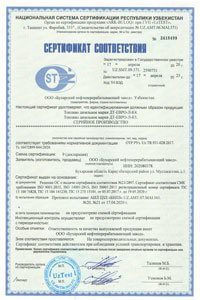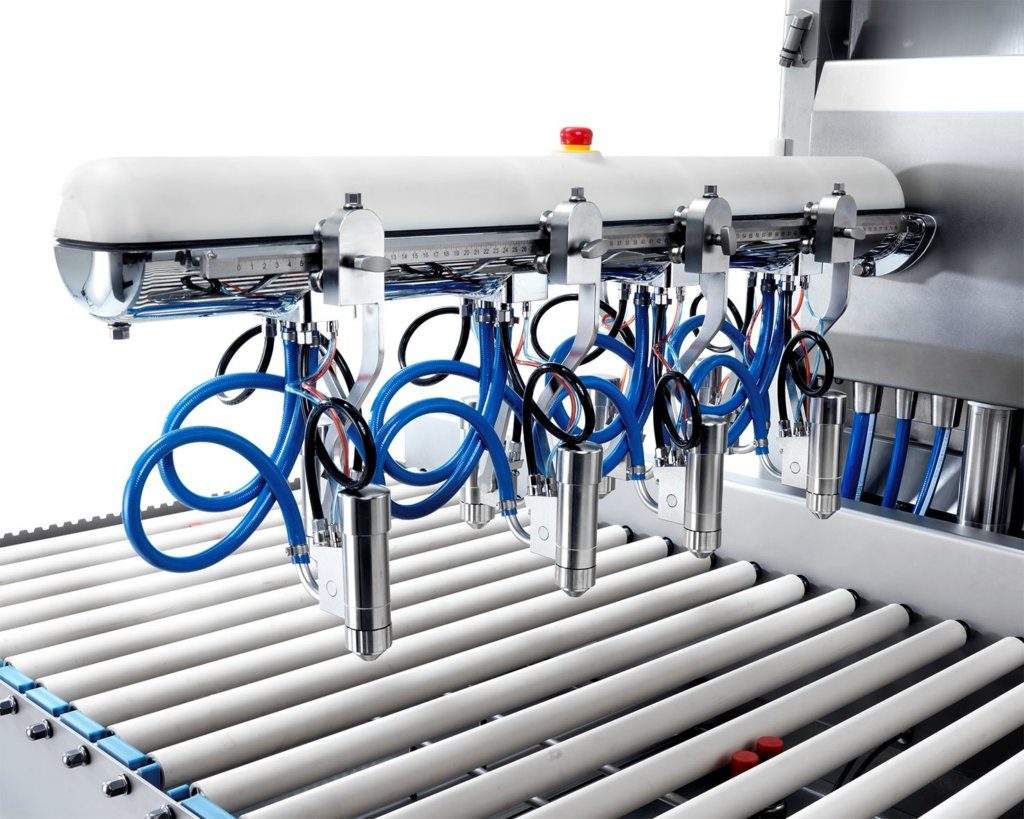Uzbekistan as a Promising Market in Central Asia
As the most populous country in Central Asia, Uzbekistan has come into focus for exporting companies, primarily due to geopolitical shifts and its significant sales potential, offering opportunities for expanding into new markets. Uzbekistan is a member of the CIS (Commonwealth of Independent States), but it is not part of the Eurasian Economic Union (EAEU), which means that goods from other Central Asian countries also undergo an import process.
Following the dissolution of the Soviet Union, the Central Asian states faced the challenge that many products, services, and networks from other Soviet republics were no longer readily available. This post-Soviet breakup also led to tensions among successor states. In recent years, efforts have been made to intensify cooperation and standardize regulations in various areas.
Overview of Uzbekistan:
- Population & Economy: With over 35 million inhabitants, Uzbekistan is the most populous country in Central Asia. Its economy has been growing steadily, driven by ongoing economic liberalization and reform efforts since 2017.
- Industry & Services: Uzbekistan has evolved into a significant regional economic hub with a diverse industrial and service sector.
- Imports & Exports: Key imports include machinery, equipment, food products, agricultural technology, and chemicals. It is also one of the world’s largest cotton producers, making cotton exports a focus.
Why Uzbekistan Now?
- Dynamic Reforms: Uzbekistan was a relatively closed country with a protectionist economic policy for many years. For instance, its currency was not freely convertible until 2017. Since then, there has been a shift towards political and economic openness, accompanied by liberalization measures and economic reforms, leading to sustained economic growth.
- Attractive Export Opportunities: European companies can find excellent long-term export prospects in Uzbekistan, particularly in machinery and equipment manufacturing, as well as agricultural technology.
- Stable Infrastructure: Despite some aging infrastructure, Uzbekistan’s economic infrastructure is robust, supporting continuous growth.
Transport Solutions with Condor:
- Road Transportation: We offer both northern and southern routes, each with specific advantages. Our expertise in sanctions regulations ensures smooth transport.
- Air Freight: We provide direct service to Uzbekistan’s economic centers, ideal for urgent shipments. Airfreight is exempt from Russian transit restrictions unless you are flying to a Russian hub.
- Complex Regulations: Uzbekistan, despite its various opportunities, is one of the most challenging markets for cross-border trade flows according to the World Bank’s “Doing Business” ranking. A precise understanding of regulations is essential!
- We will be happy to assist you in entering the Uzbek market, offering experience and expertise in Central Asian relations, from handling individual shipments to planning and executing large projects, such as delivering an entire dairy plant with components from across Europe and Turkey.
Excursion on Import Duties, Certification, and Customs Process
To illustrate the complexity of the export process, the following details on these three topics are provided. For specific information about your products, please feel free to contact our Central Asia experts.
Import Duties
As is customary worldwide, import duties must be paid in Uzbekistan. The main duties include:
Customs Duties:
In Uzbekistan, there are primarily ad valorem duties, meaning they are based on the value of the goods. However, there are also duties based on other criteria, such as weight, quantity, or engine capacity. Most customs rates range from 0% to 20-30%, but extremely high ad valorem rates of up to 70% are not uncommon. The structure of these rates clearly reflects protectionist goals, as high import duties are designed to safeguard domestic industries. It’s worth noting that some product categories have low customs rates, but individual items within those categories may have high duties.
Value-Added Tax (VAT):
Similar to the EU, Uzbekistan imposes a VAT on imports. The standard rate is 12%, but until early 2023, it was 15%. As in many economic regions, import VAT can be claimed as input tax.
Disposal Fee:
A “disposal fee” is charged upon import for a limited group of mainly vehicles.
Excise Tax:
Certain goods are subject to a tax similar to our excise tax, known as “akzisen” in the CIS countries.
Exemption from Import Duties (Customs and VAT):
In line with the same economic policy that results in high customs duties, there is a list of products that are completely exempt from import duties. These are typically products that are technologically necessary and not produced in Uzbekistan, such as certain turbines, pumps, or compressors.
Certification
Many products require a conformity assessment upon import. The type of assessment is regulated nationally. Like in most other CIS countries, regulations in Uzbekistan are referred to as Technical Regulations (TRs). However, Uzbekistan also accepts conformity certificates from other countries, especially other CIS countries and Turkey, with a document called the “Recognition of the Certificate of Conformity” (=Priznaniye sertifikata sootvetstviya). The system of conformity assessments is undergoing changes, as in most CIS countries. Uzbekistan implemented new conformity assessment rules in 2023, aligning national regulations more closely with WTO requirements and international standards, aiming to facilitate both exports and imports. The leading authority overseeing certification and standardization matters is “Uzstandard.”
Conformity Certificate
The primary and most requested conformity assessment is the Conformity Certificate, confirming a product’s compliance with Uzbekistan’s conformity requirements.

Additional conformity assessments may be required depending on the type of goods:
Phytosanitary Certificate
Veterinary Certificate
Environmental Certificate
Hygiene Certificate
Additional Import Bans and Restrictions (VuB) in Uzbekistan:
In addition to certification requirements, there are further rules prohibiting or heavily restricting the import of specific goods. Reasons for these restrictions may include protecting health, environmental concerns, or other governmental objectives. For example, bans may apply to goods that could “undermine the state and social order, violate territorial integrity, political independence, and state sovereignty
Customs Procedure
The customs procedure in Uzbekistan, similar to that in the Russian Federation and other former Soviet countries, is highly formal and complex. It involves both self-registration by the economic entity (importer) and the documentation of the import process. Here is an overview of the import process:
- The underlying foreign trade contract must be registered on a public portal called “UEISFTO.”
- The importer must enter into a contract with the customs warehouse operator.
- Transit Declaration: Before the goods arrive at the external border, they must be registered in the “e-Tranzit” information system. This registration includes information about the goods as well as details about the cross-border vehicle. Link to Transit Portal >>
- Entry fees must be paid, including veterinary fees, transit fees, vehicle fees, etc.
- At the border, an entry label is created, documenting the control steps. These steps include radiation and weight control, driver’s passport check, vehicle inspection, and verification of customs documents.
- Completion of border procedures and submission of the entry label.
- Transit to the inland customs office or customs warehouse.
- Entry procedures into the customs warehouse or the customs warehousing procedure.
- Conclusion of the TIR (Transport International Routier) procedure, if applicable.
- The importer may request a pre-inspection before submitting the customs declaration.
- Capture of the customs declaration in the electronic system.
- Submission of the customs declaration.
- After submitting the customs declaration, an automated risk analysis system categorizes it into one of three risk classes. Depending on the classification, there may be detailed inspections or expedited clearance.
- Submission of the required conformity certificates and, if necessary, sample collection.
- Payment of all customs service providers.
- An export certificate is issued.
- The goods can leave the customs warehouse and enter the free circulation within Uzbekistan.
 Deutsch
Deutsch  English
English 


